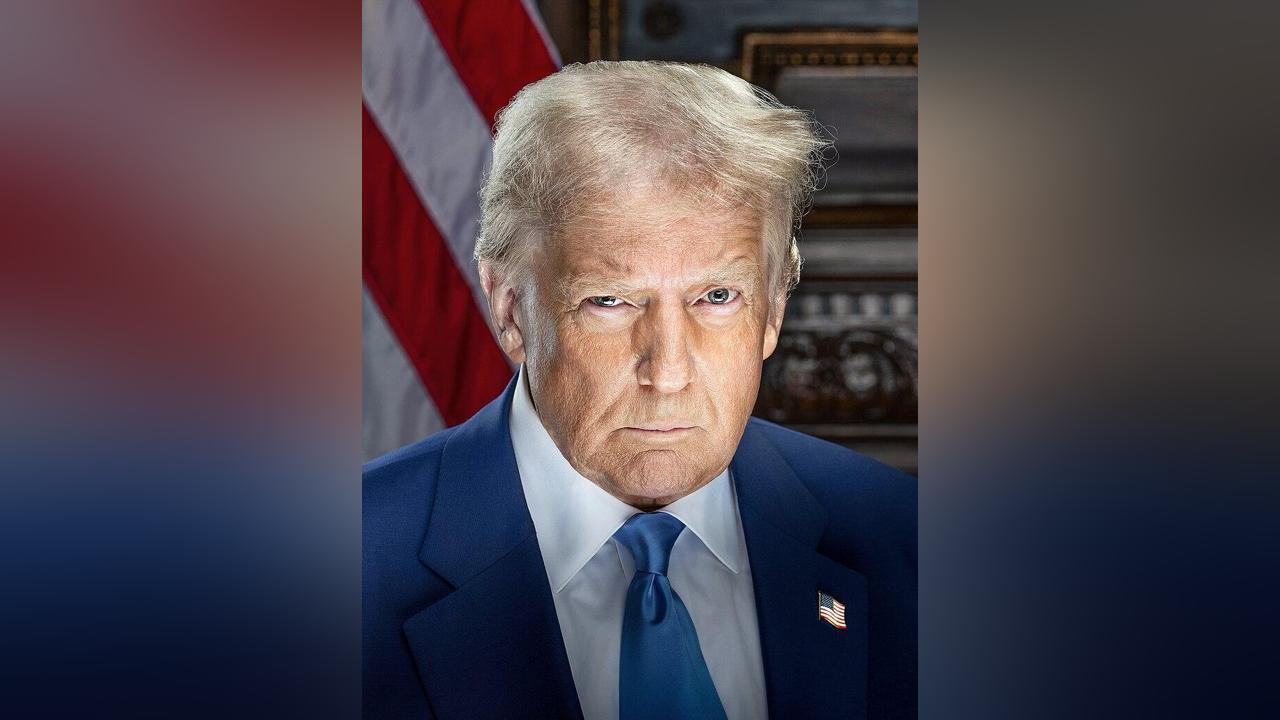Africa-Press – Eswatini. The relationship between the US Dollar (USD) and the Eswatini Lilangeni (SZL) has shifted in the wake of the new tariffs announced by Donald Trump last week Wednesday.
These tariffs, aimed at a range of goods, are already having ripple effects on global markets, including the Southern African region.
On Wednesday, Donald Trump revealed new tariffs targeting imports from several countries, including China. Though these tariffs primarily affect the US’s trade relationships, the consequences are felt globally, particularly by nations like Eswatini.
For Eswatini, whose economy depends significantly on exports such as sugar, textiles, and wood pulp, these new tariffs pose a challenge.
With the US being a key trade partner, any tariff hike raises the cost of Eswatini’s exports, complicating trade relations and potentially decreasing demand for these goods.
Following the tariff announcement, the US Dollar strengthened. A stronger dollar often results in higher costs for developing economies like Eswatini, especially since the Lilangeni is pegged to the South African Rand (ZAR), which is sensitive to global currency fluctuations.
The strengthening of the dollar places pressure on the Lilangeni, which has weakened in value against the US Dollar. This, in turn, raises the cost of imports, making goods from the US and other countries more expensive for consumers in Eswatini.
President Donald Trump
“The announcement of new tariffs by Trump has added a layer of unpredictability to the already fragile currency situation in Eswatini,” says John Mhlanga, an economic analyst.
“A stronger dollar means higher costs for businesses that rely on imports, and this will likely trickle down to consumers.” he added.
In addition to currency fluctuations, the tariffs have broader economic effects. With US made goods becoming more expensive, Eswatini’s businesses that rely on imports will face increased operational costs. This could lead to higher prices for consumers, contributing to inflation.
The tariffs also have a longer-term impact on global trade dynamics, with countries like Eswatini potentially seeking new markets or alternative supply chains to avoid the brunt of the tariffs.
As the situation continues to unfold, the relationship between the dollar and the Lilangeni will remain a key area to watch.
Mhlanga said, the long-term effects of Trump’s tariffs on Eswatini’s economy will depend on how the country adapts to these new global economic conditions.
“With trade policies under constant revision, Eswatini’s economy must navigate a shifting landscape of tariffs, exchange rates, and global market trends, keeping an eye on the ongoing fluctuations between the USD and Lilangeni,” he said.
Source: Eswatini Daily News
For More News And Analysis About Eswatini Follow Africa-Press







